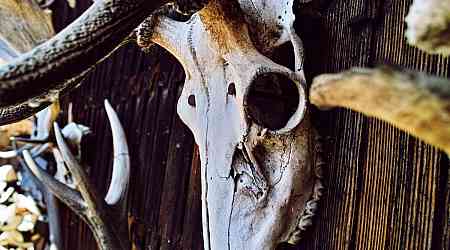Could Betelgeuse, the bright star in the constellation Orion, actually have a companion star? This question is gaining attention after recent research suggested that a partner star might explain Betelgeuse's unusual brightness changes. Known as a red supergiant, Betelgeuse has been observed dimming in a way that has sparked discussions about when it might go supernova.
Introducing “Betelbuddy”
A team of researchers, led by Jared Goldberg from the Flatiron Institute's Centre for Computational Astrophysics, has put forward an interesting idea. They believe that an unseen companion star, playfully named “Betelbuddy,” could be influencing Betelgeuse's light. By using computer simulations to study the star's activity, the researchers eliminated other possible reasons for its fluctuating brightness and landed on the idea of a companion.
Why Is Betelgeuse So Bright?
Betelgeuse is an impressive sight, shining about 100,000 times brighter than our Sun and having a volume over 400 million times greater. The proposed companion could be acting like a snowplough, pushing away dust that blocks light. This interaction might lead to moments when Betelgeuse appears even brighter from our perspective on Earth.
The Pulsation Mystery
Betelgeuse exhibits two different brightness patterns. One lasts just over a year, while the other stretches to about six years. The shorter period is likely an intrinsic quality of the star, reflecting its natural behaviour. In contrast, the longer period might suggest that something external, like a companion star, is at play. If the long cycle is indeed a fundamental trait of Betelgeuse, it could signal that a supernova is approaching sooner than expected.
Looking Ahead
László Molnár, a co-author from the Konkoly Observatory in Hungary, expressed excitement about the possibility of discovering a star hidden behind Betelgeuse's brightness. Their research has been accepted for publication in The Astrophysical Journal and is currently available for public viewing on arXiv.
































